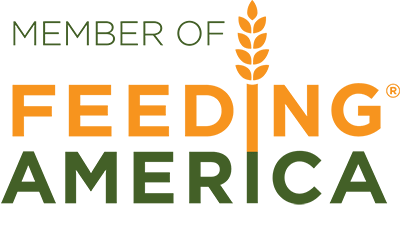Texas Food Banks Call for Lawmakers to Update the SNAP Vehicle Asset Test
The Feeding Texas network, made up of 21 food banks across the state, is calling on state lawmakers to update the SNAP Vehicle Asset Test today in a virtual day of advocacy.
Eligibility for SNAP is primarily based on income and family size. Texas also chooses to use a Vehicle Asset Test, which places a limit on the value of the vehicles a family may own and still qualify for the program.
In the 26 counties served by the East Texas Food Bank, 500 East Texas households were denied SNAP in 2019, and that number grew to 2,399 East Texas households in 2022 due to the Vehicle Asset Test.
“This is a significant increase in denials in just a few years,” said Dennis Cullinane, CEO of the East Texas Food Bank. “More families are going without the food assistance they need because the Vehicle Asset Test has not kept up with the economy.”
“No family should lose their ability to put food on the table because of inflation in the car market,” said Celia Cole, CEO of Feeding Texas. “Used cars have significantly increased because of the supply chain issues. As a result, many families that were previously approved for SNAP had their benefits taken away.”
Senator Cesar Blanco (D-El Paso) and Representative Ryan Guillen (R-Rio Grande City) filed companion bills in the Senate (SB 273) and House (HB 1287) that would index the SNAP Vehicle Asset Test to inflation to better reflect today’s car values.
Current limits are $15,000 for the first vehicle and $4,650 for any additional vehicle that a family owns. These limits have not been updated since 2001 for the primary car and 1974 for additional cars.
Texans everywhere are feeling the impact of inflation,” Rep. Guillen said. “Because SNAP eligibility is linked to vehicle value, hungry Texans are losing benefits at a time when they need them most. These vehicle limits were set over 20 years ago—they are outdated and out of touch with reality.”
In Texas, 11,615 households were denied SNAP due to the Vehicle Asset Test in 2019. In 2022, the total number of rejections grew to 54,740.
Because SNAP is a federal program, Texas will incur no additional costs for updating the policy.
“Updating Texas’ SNAP Vehicle Asset Test is not a handout, it is a hand-up for thousands of Texas families facing food insecurity who should not be punished for having the vehicles they need to lift themselves out of poverty and welfare,” Sen. Blanco said. “It is a simple solution that would help thousands of hungry families at no cost to the state.”
